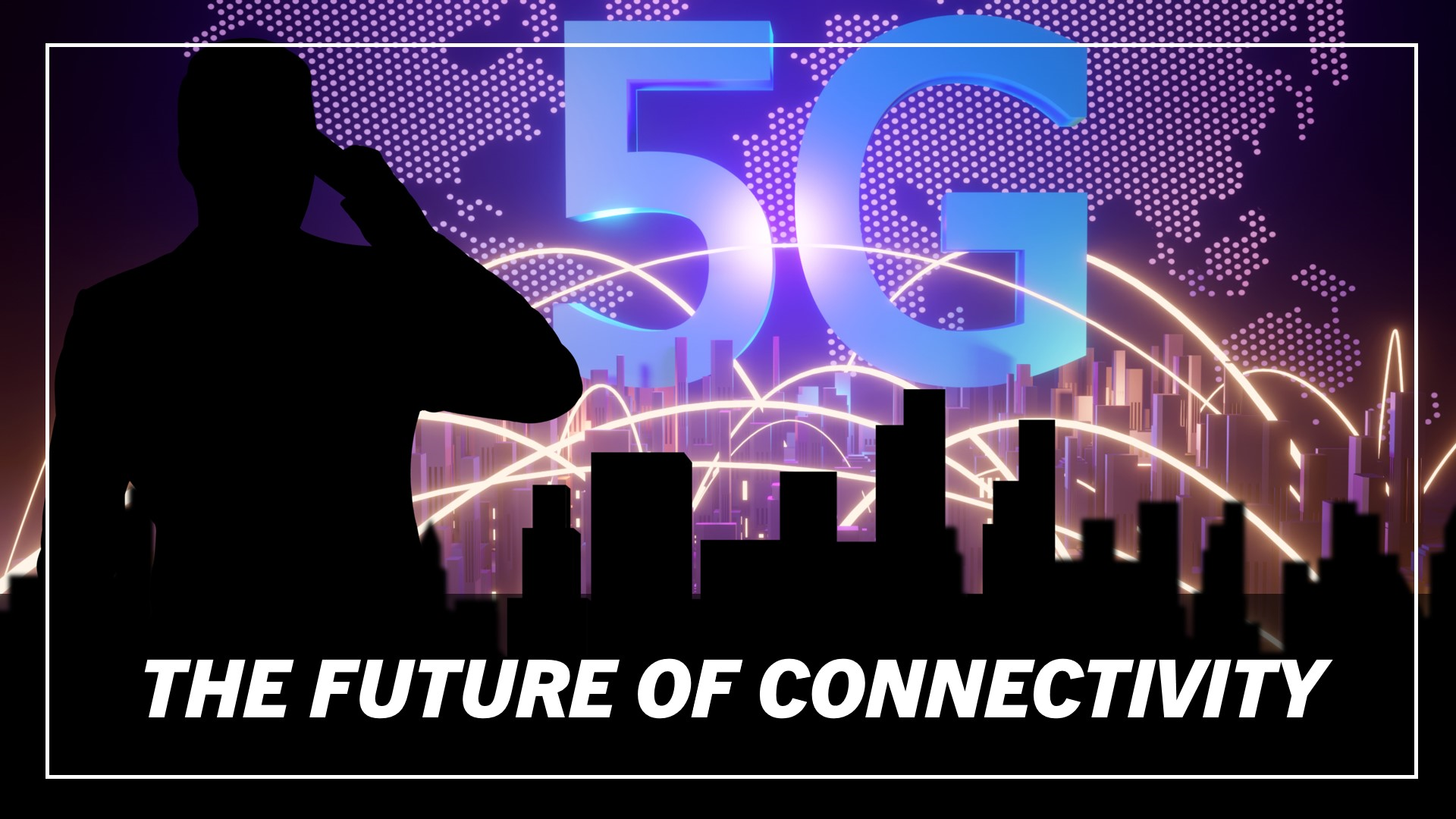The Evolution of E-Commerce: Trends and Innovations Shaping Online Shopping
Published: Jan 21, 03:00 PM

E-commerce has undergone a remarkable transformation over the past decade, driven by technological innovations and changing consumer expectations. Today, online shopping is not just about purchasing products; it is a dynamic experience shaped by personalization, technology, and the need for convenience. In this article, we’ll explore some of the latest trends and innovations that are shaping the future of online shopping.
AI-Driven Personalization
Artificial Intelligence (AI) has revolutionized the way e-commerce businesses interact with their customers. AI-powered algorithms analyze vast amounts of data from customer behaviors, preferences, and browsing patterns to deliver highly personalized shopping experiences. Whether it's product recommendations, tailored discounts, or personalized search results, AI allows businesses to create unique, individualized experiences for each user. This increased level of personalization not only enhances customer satisfaction but also boosts conversion rates and customer loyalty.
Augmented Reality (AR) Shopping Experiences
Augmented Reality (AR) is no longer a futuristic concept; it is actively reshaping how consumers shop online. By integrating AR, e-commerce businesses allow customers to visualize products in their environment before making a purchase. For example, furniture retailers like IKEA have adopted AR tools that enable customers to virtually place furniture in their homes to see how it fits and looks. Similarly, fashion brands are using AR to let users try on clothes and accessories virtually. These innovations bridge the gap between online shopping and in-store experiences, making it easier for consumers to make confident purchasing decisions.
The Rise of Mobile Commerce
Mobile commerce, or m-commerce, is on the rise as more consumers turn to smartphones for shopping. With improved mobile app experiences, easier payment methods, and faster internet speeds, shopping on the go has become a seamless experience. Mobile-first design has become a top priority for e-commerce businesses, ensuring that websites and applications are optimized for mobile users. As consumers increasingly rely on their mobile devices, businesses are prioritizing mobile payment options such as digital wallets, contactless payments, and one-click checkouts to enhance convenience and boost conversions.
Social Commerce and Influencer Marketing
Social media platforms have become a central hub for e-commerce activity, giving rise to social commerce. Brands now leverage platforms like Instagram, Facebook, and TikTok to sell directly to consumers through in-app shopping features. By integrating e-commerce functionalities into social media platforms, businesses can target consumers with personalized ads, engage with influencers, and facilitate direct purchases within the platform. Social commerce has bridged the gap between social interaction and shopping, making it easier for users to shop while scrolling through their feeds.
Sustainability and Ethical Shopping
As consumers become more environmentally conscious, there is a growing demand for sustainable and ethically sourced products. E-commerce businesses are responding by incorporating sustainability into their practices. From eco-friendly packaging to transparent sourcing and manufacturing processes, businesses are finding innovative ways to reduce their environmental impact. Consumers are increasingly prioritizing brands that align with their values, making sustainability not just a trend but a crucial factor in purchasing decisions.
Voice Commerce
Voice assistants like Amazon Alexa, Google Assistant, and Apple Siri are becoming an integral part of the shopping experience. Voice commerce, or v-commerce, enables consumers to make purchases using voice commands, simplifying the shopping process. From reordering items to discovering new products, voice shopping is becoming more popular, especially with smart speakers and voice-enabled devices. E-commerce businesses are optimizing their platforms for voice search, ensuring that users can quickly find and purchase products using voice commands.
Same-Day and On-Demand Delivery
As consumer expectations for fast delivery continue to rise, e-commerce businesses are adapting to meet these demands. Same-day and on-demand delivery services are gaining traction, especially for essential items. Major e-commerce players like Amazon have pioneered this model with services such as Amazon Prime, offering faster delivery options to enhance customer convenience. Companies are investing in advanced logistics, automated fulfillment centers, and partnerships with third-party delivery services to ensure that products arrive quickly and efficiently.
Conclusion
The future of e-commerce is marked by constant innovation, and businesses must keep up with evolving consumer demands and technological advancements. AI-driven personalization, augmented reality, mobile commerce, and sustainability are just a few of the key trends that are reshaping online shopping. As e-commerce continues to evolve, businesses that embrace these innovations and prioritize customer experience will lead the charge in the ever-changing digital marketplace.
In this dynamic environment, companies must remain agile, staying ahead of the trends to meet the needs of the modern consumer and provide an exceptional shopping experience.


